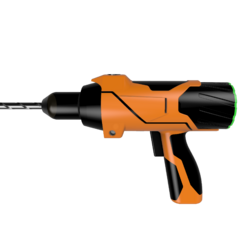OSI Model
so... if your teacher failed to explain that you need a new teacher ![]()
i'll go over the entire model for stuff to make sense, and for future reference:
- layer 1: physical: electrical signals going over a cable, no "intelligence" implied.
- layer 2: Data Link: frames of data that dont directly have an implied routing path or content, but contain the next destination's mac address, so they can be semi-intelligently directed towards the right direction (what switches do)
- layer 3: network: this is where the entire packets of data come into play, with a described source, destination, priority, and a few other flags, this is the layer where routers work, to transfer packets to and from subnets, and to guide things in the right direction.
- layer 4: transport: this is where tcp/udp comes into play, basicly this layer is the "management" of data flow, making sure the data arrives as a coherent message.
- layer 5: session: kind of speaks for itself, this is the layer that takes control of a "connection" and monitors for timeouts, etc.
- layer 6: presentation: this is where the data sent over the network gets converted to and from something the end user can deal with. (https encryption/decryption, a game's packets getting turned into the individual data pieces, etc.)
- layer 7: the program on your screen.
- the undescribed layer 8: the end user. prone to errors.
5 minutes ago, vgfan1995 said:Oh so switches and hubs are layer 2 and routers are layer 3. Could I classify router as layer 2 also because it also deals with MAC address?
you're looking at it the wrong way. a device cannot be "layer 3" without implementing the underlying layers.
you cannot have a switch without having cables (layer 1), as for the layer above that.
the best way to describe it is a "network stack" where copper is at the bottom, and every device has a "stack" of these layers up to the "intelligence" of the device (cables and hubs are layer 1, switches are layer 2, routers layer 3, etc.)
if a program on your computer does not have a UI, and does not process the data it sends and receives, but just has two sessions open and forwards between them, it's *basicly* only layer 5.


















Create an account or sign in to comment
You need to be a member in order to leave a comment
Create an account
Sign up for a new account in our community. It's easy!
Register a new accountSign in
Already have an account? Sign in here.
Sign In Now